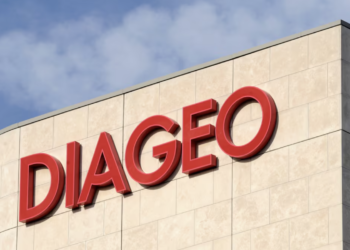Companies continually strive for innovative methods to extend their outreach and penetrate emerging markets in the dynamic realm of insurance distribution.
Over recent years, two strategies, namely collaborating with aggregators and affinity groups, have garnered considerable attention. These strategies offer distinct advantages in broadening audience engagement and forging meaningful connections with potential clientele.
Aggregators serve as intermediaries between insurance firms and consumers, furnishing a platform for individuals to compare various insurance options and select the most suitable one.
These platforms amalgamate data from multiple insurers, affording consumers transparency and choice. Partnering with aggregators presents insurance companies with a unique opportunity to bolster visibility and attract customers who may not have been reached through conventional channels.
Affinity groups, leveraging existing communities or organizations with shared interests or characteristics, provide an alternative avenue for insurance distribution.
Examples include professional associations, alumni networks, clubs, and social organizations. Collaborating with these groups grants insurance companies access to a highly engaged and potentially loyal clientele.
One primary advantage of aggregator partnerships lies in the access to a vast pool of potential customers actively seeking insurance solutions.
By featuring their products on aggregator platforms, insurance companies can significantly broaden their reach and enhance their chances of connecting with interested individuals.
Moreover, aggregators often employ advanced algorithms and data analytics to match consumers with suitable insurance options, thereby augmenting the likelihood of conversion.
Additionally, aggregators serve as valuable marketing channels, enabling insurers to showcase their offerings to a targeted audience. Through strategic partnerships and promotions, insurers can heighten brand awareness and set themselves apart from competitors.
Collaborating with affinity groups offers the benefit of fostering trust and rapport within these communities. When an insurance company tailors its offerings to the interests or needs of a specific affinity group, it can establish deeper connections with members and cultivate stronger bonds.
Furthermore, affinity groups allow insurers to customize their products and services to cater to the specific requirements of their target demographic. Understanding the unique preferences and concerns of affinity group members empowers insurers to craft compelling value propositions that resonate with their audience.
By engaging with affinity groups and aggregators, insurance firms can diversify their distribution channels and tap into new markets.
Leveraging the reach and expertise of aggregator platforms, as well as the trust and cohesion of affinity groups, insurers can enhance market presence and drive growth.
Through careful planning, strategic alliances, and a commitment to customer satisfaction, insurers can capitalize on significant opportunities for expansion and success in the ever-evolving insurance landscape.


















